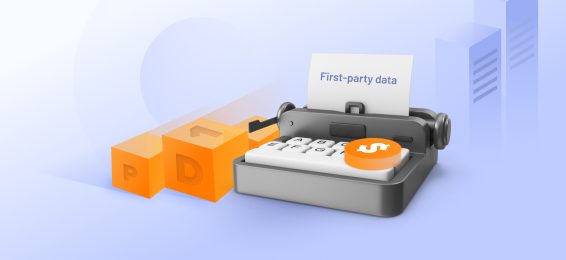At this point, it seems like a new term emerges in the data landscape roughly every week or two. One term that has gained traction in recent years is reverse ETL. But before diving into the definition of reverse ETL landscape, it is worth setting the stage with some basic information on data warehouses in general.
A data warehouse is a central repository for larger companies where anyone can analyze data from across the organization. This involves consolidating information from various sources, such as Salesforce, Facebook ads, and Google Sheets, allowing for comprehensive reporting and analysis. The idea of ETL describes bringing data from all these disparate data sources into the data warehouse.
The idea behind reverse ETL is that as the importance of data is growing in organizations, data needs to be used for more than just analytics and reporting. It should be used in all the operational day-to-day processes of every part of the business.
In this post, we’ll cover:
- A brief history of data management
- The definition of reverse ETL and its significance in business
- Differences between CDPs and reverse ETL
- Most common use cases for reverse ETL across various industries
- Reverse ETL capabilities in popular CDPs
- Costs and benefits of buying versus building a reverse ETL solution.
A brief history of data management
The emergence of ETL (extract, transform, load) processes in data management can be traced back to the appearance of data storage systems. Initially, businesses relied on file-based systems, which struggled to handle large volumes of data. The introduction of relational databases in the 1960s and 1970s, mainly through Edgar F. Codd’s introduction of relational databases, transformed how data was stored, managed, and retrieved.
The evolution of data management practices has been shaped by the growing need to efficiently store, process, and derive insights from vast amounts of data. In the 1980s, data warehousing emerged as a solution, allowing organizations to consolidate data into centralized repositories. As data volumes surged in the 1990s, the need for ETL processes became more urgent. ETL enabled companies to move data from various sources, transform it into a consistent format, and load it into data warehouses for analysis.
Early ETL methods were labor-intensive, often involving custom scripts that led to errors and quality issues. However, the late 1990s and early 2000s saw the rise of ETL tools like Informatica, Talend, and Microsoft SSIS, which streamlined data integration and reduced manual intervention, though some human oversight remained necessary for process management.
The mid-2010s brought about a significant shift in data management practices with the rise of cloud-based data warehouses like Snowflake and BigQuery. These platforms allowed businesses to efficiently store and analyze large volumes of data at a lower cost than traditional on-premises solutions. Their scalability and flexibility made it easier for companies to integrate data from various sources and perform complex analyses. For instance, a retail company could combine sales data with customer feedback to optimize inventory and improve marketing strategies.
As organizations increasingly relied on these data warehouses for insights, the demand for reverse ETL tools emerged. Reverse ETL enabled businesses to take insights from data warehouses and push them back into operational systems, such as customer relationship management (CRM) and marketing platforms. This capability allowed companies to act on real-time data-driven insights, enhancing decision-making and improving customer engagement. For example, a marketing team could instantly access updated customer data to tailor their campaigns effectively.
Moreover, the modern data stack has further fueled the growth of reverse ETL. Businesses now expect real-time data synchronization, necessitating seamless integration between data warehouses and operational systems. The introduction of no-code and low-code interfaces has made it easier for non-technical users to implement and manage these tools, democratizing access to data across organizations. This shift empowers teams to act quickly on insights without needing extensive IT support.
Additionally, the focus on operational analytics has underscored the importance of using data for analysis and driving daily business decisions. As a result, reverse ETL has become essential for organizations looking to leverage their data effectively, ensuring that insights are generated and applied in real-time to enhance operations and customer engagement.
In recent years, many enterprises have made efforts to bring all their data into one place and manage it effectively, particularly in areas such as marketing, advertising, and analytics. At the same time, the need for first-party data from these systems has massively increased, and new data regulations, privacy, and security policies have added complexity to the integration landscape. This has fueled the emergence of reverse ETL tools providing solutions that are easier to implement, manage, and maintain while providing lower TCOs and higher ROIs and bringing an improvement in an enterprise’s risk management portfolio.
As companies seek more efficient ways to operationalize their data, reverse ETL is increasingly seen as a critical component for driving business outcomes. This shift aligns with broader industry trends focused on “lean data provisioning”—the practice of optimizing data workflows to meet evolving regulatory requirements and performance standards. Reflecting on this, Christian Schmidt, CTO at VML, emphasizes the growing importance of managed reverse ETL platforms.
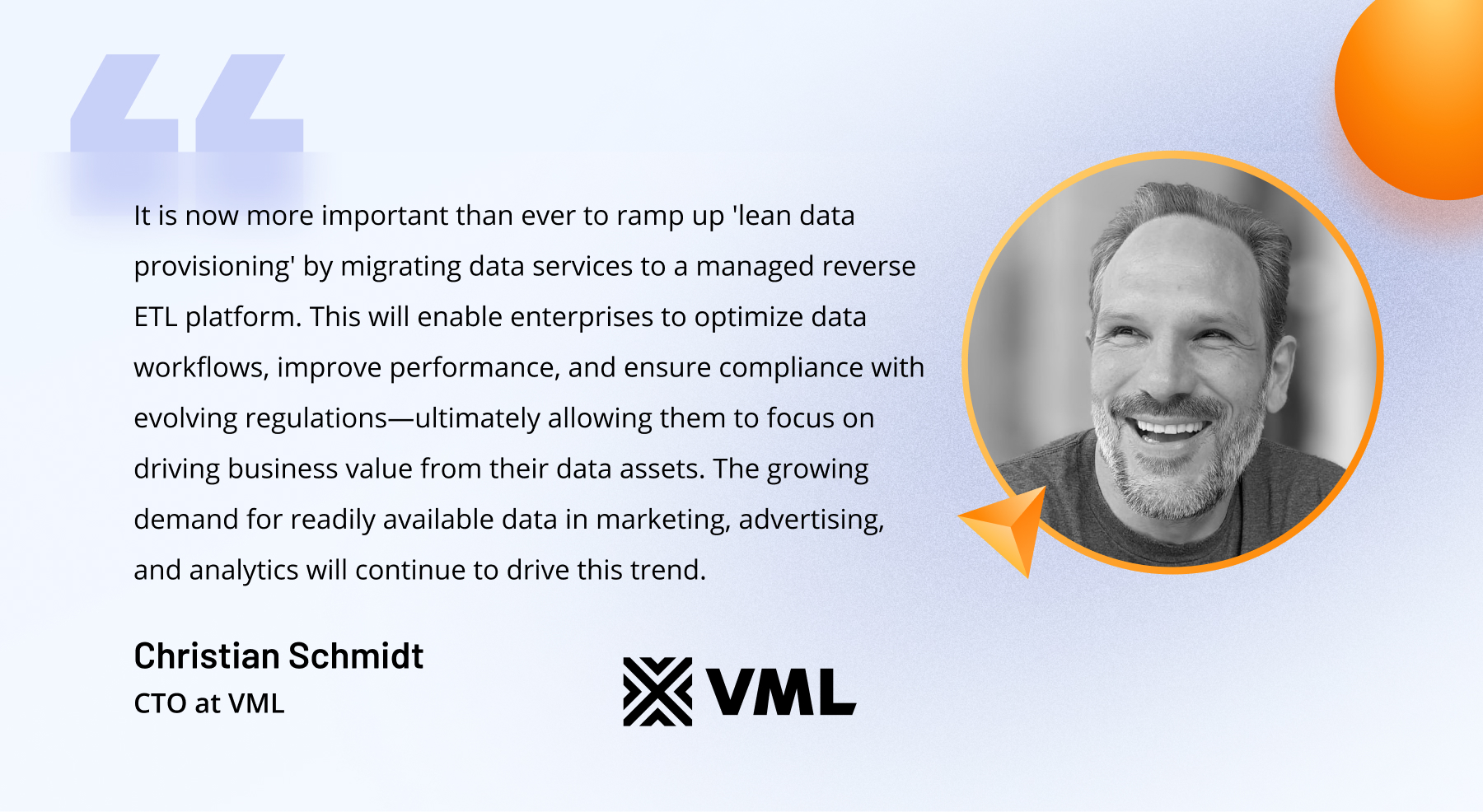
This trend will continue to intensify over the next three to five years, specifically, the need to have data readily available in marketing and advertising execution, analytics, and performance reporting systems.
Let’s further delve into the definitions of ETL and reverse ETL, two critical processes in modern data management.
What is Reverse ETL
Traditionally, the ETL (Extract, Transform, Load) process involves the following steps:
- Data is extracted from multiple operational (OLTP) systems.
- The extracted data is then transformed and cleansed.
- Finally, the transformed data is loaded into a centralized data warehouse.
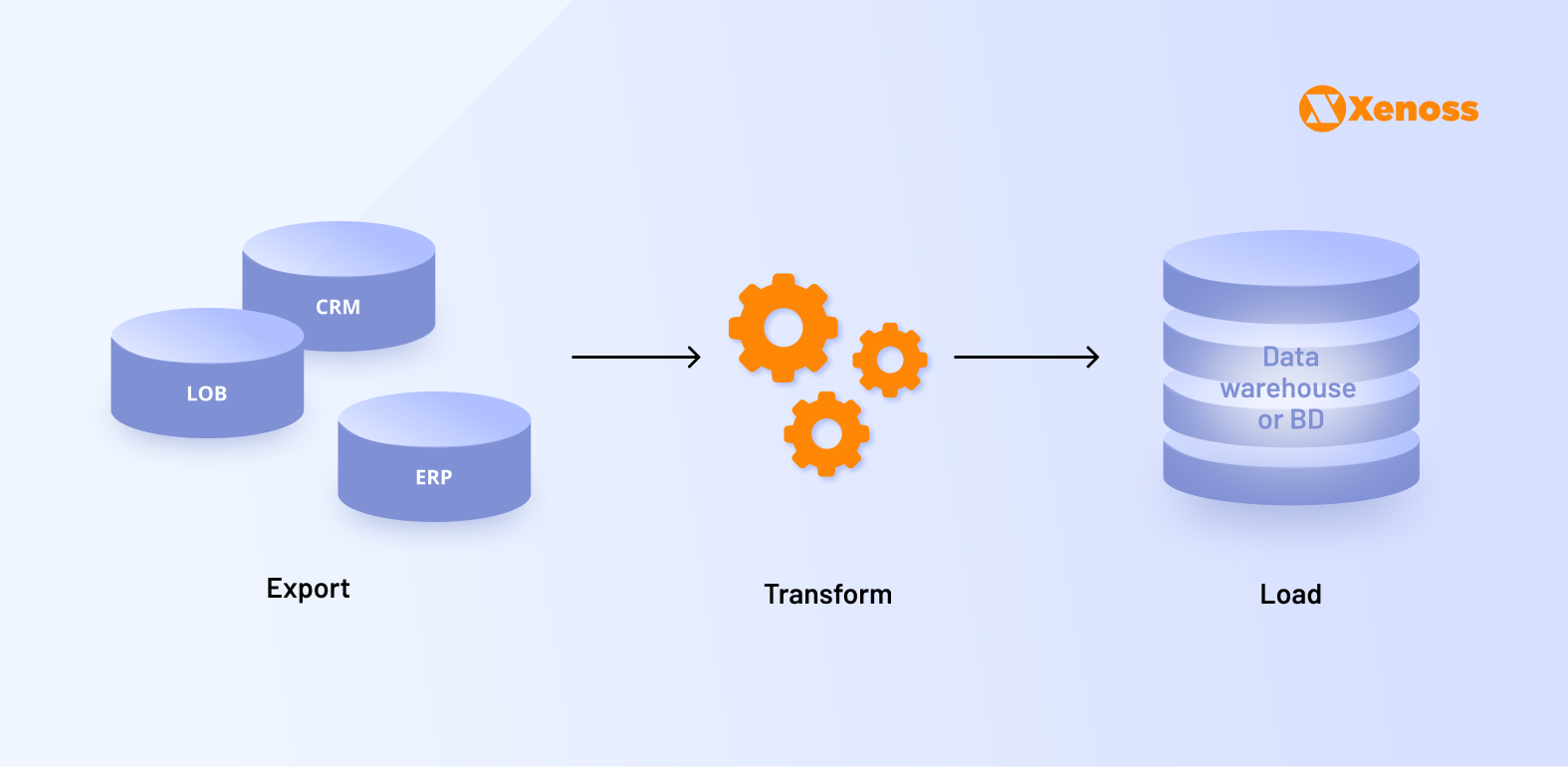
Once the data resides in the data warehouse, it is primarily used by business intelligence tools to generate various reports and dashboards for analysis and decision-making.
In contrast, reverse ETL syncs data from the warehouse directly into operational systems like CRMs or advertising platforms, enabling business teams to take action on enriched data.

Reverse ETL is an essential component of the modern data stack. It helps organizations gain full access to customer data and remain competitive in the highly-saturated market.
While typical ETL processes move data from sources to a central warehouse, reverse ETL uses the warehouse as a source and syncs transformed data into various business applications.
You might wonder why add another step after investing time and money into building a data warehouse as a single source of truth. The reality is that you can do much more with your data than just analyze it in dashboards. By taking the enriched, joined, and modeled data from the warehouse, reverse ETL allows business teams to power their day-to-day decisions using the same data.
For example, data on abandoned shopping carts can be synced into marketing platforms for immediate retargeting campaigns. A reverse ETL is beneficial when an organization already invests in a stable data warehouse catering to different departments. If a new application like Salesforce needs to be introduced, it’s easier to sync it with the data already in the warehouse rather than pulling from OLTP sources that may lack point-in-time information.
Each reverse ETL tool is unique and generally falls into two categories: bundled tools within larger service suites and dedicated platforms. While bundled options may seem convenient, they often need more integrations and specialized expertise in dedicated reverse ETL tools.
Standalone reverse ETL tools were initially developed to help organizations push insights from data warehouses back into operational systems. These tools primarily focused on facilitating data flow and integration but needed more comprehensive features of a full-fledged Customer Data Platform (CDP).
As the demand for more integrated data solutions increased, some CDP vendors began incorporating reverse ETL capabilities into their offerings. This evolution allowed CDPs to consolidate customer data and operationalize insights by pushing them back into applications like CRM and marketing platforms. Consequently, while standalone reverse ETL tools emerged to solve specific integration challenges, integrating reverse ETL functionalities into CDPs has created a more holistic approach to managing customer data and driving actionable insights across organizations.
It’s essential to recognize that each reverse ETL tool is unique and generally falls into two categories: bundled tools within larger service suites and dedicated platforms. While bundled options may appear convenient, they often need more integrations and specialized expertise in dedicated reverse ETL tools. Organizations should carefully evaluate their needs to choose the reverse ETL solution that best fits their requirements.
Next, let’s explore the key distinctions between Customer Data Platforms (CDPs) and reverse ETL solutions, revealing how each plays a vital role in modern data management.
Customer Data Platforms (CDP) vs Reverse ETL
Operationalizing data involves using information from repositories like data warehouses to create business value. Two key solutions facilitating this process are reverse ETL tools and customer data platforms (CDPs).
As we’ve already mentioned, reverse ETL is an advanced customer data integration process that extracts valuable insights from data warehouses or lakes and seamlessly pushes them into operational systems.
With reverse ETL, businesses can:
- Enhance decision-making by infusing real-time data into critical applications
- Personalize customer experiences through targeted data-driven campaigns
- Optimize workflows and streamline data operations with up-to-date information
Departments such as marketing, sales, and customer support can significantly benefit from reverse ETL, as it helps shape day-to-day operations and enables data-driven decisions.
Here are a few use cases of reverse ETL:
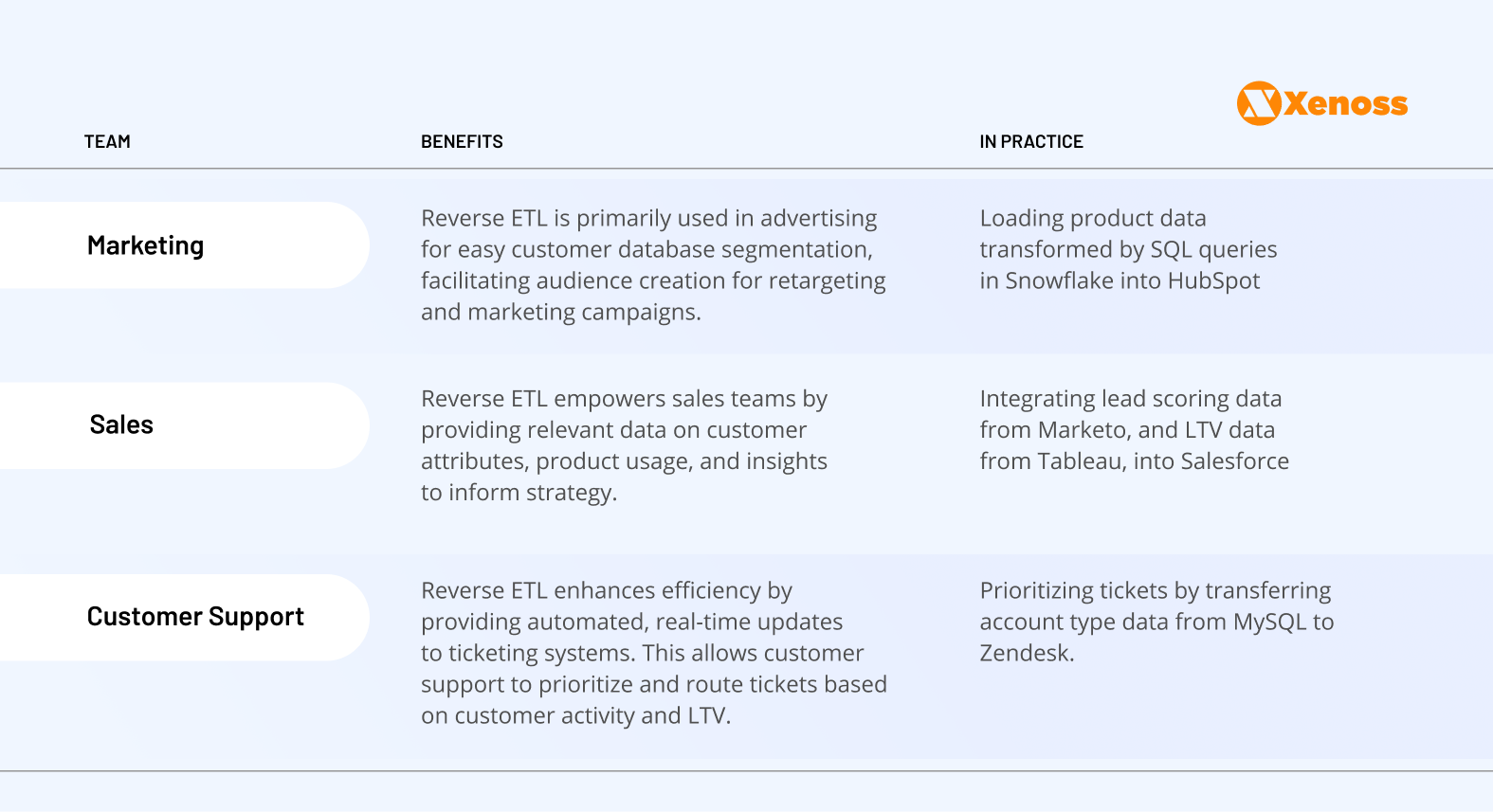
Conversely, customer data platforms have emerged as the go-to solution for consolidating customer data from various sources into a unified customer profile.
CDPs enable organizations to:
- Break down data silos and create a single source of truth for customer information
- Gain a deeper understanding of customer behavior and preferences
- Deliver hyper-personalized experiences across all touchpoints
While CDP might sound similar to a CRM or a data warehouse, the differences are rooted in how they collect data.
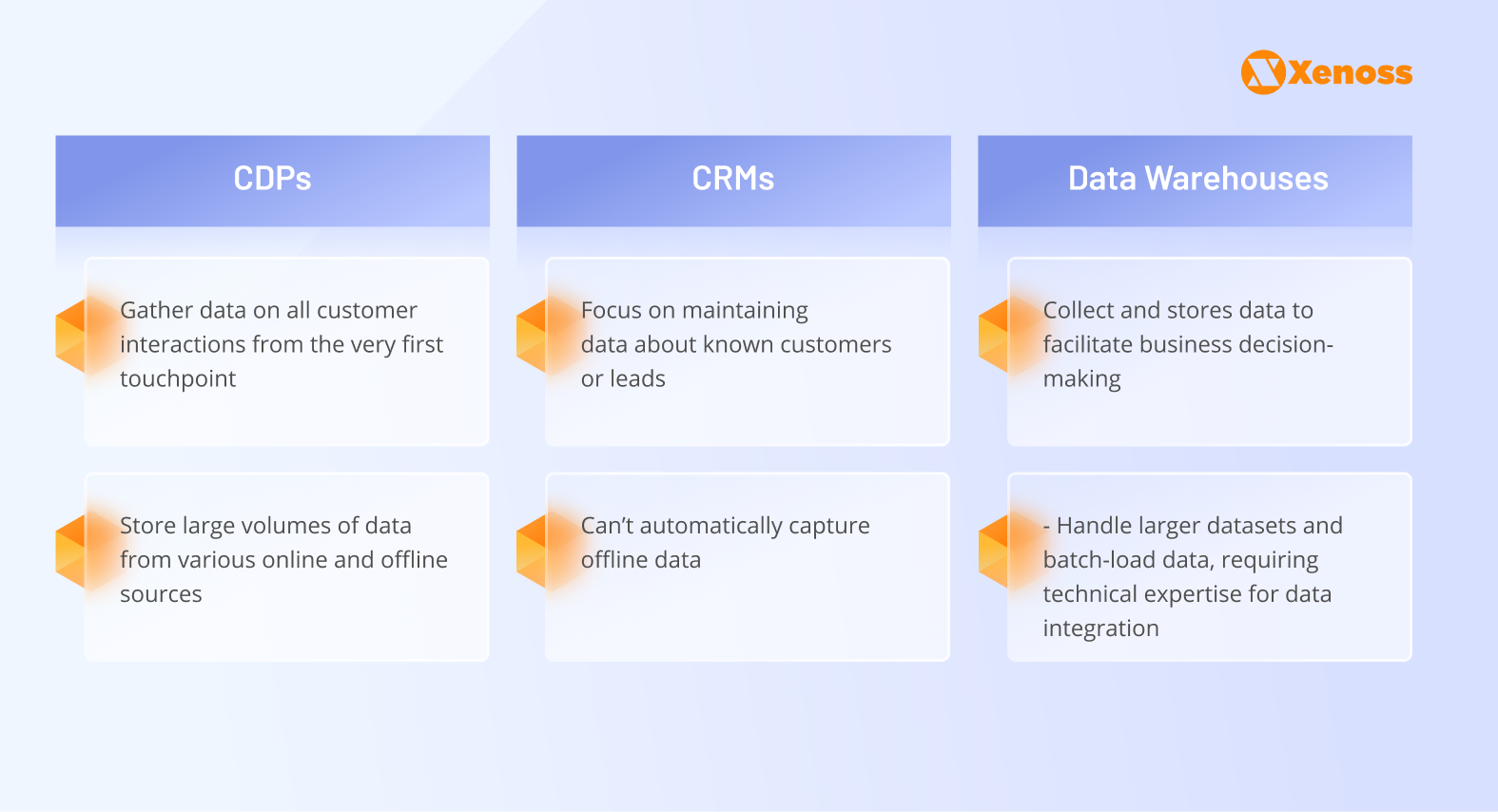
While reverse ETL and CDPs serve distinct purposes, they can be complementary. The choice between using reverse ETL, a CDP, or both depends on an organization’s specific needs, technology stack, use cases, and resources. Some key factors to consider include:
- Data integration requirements and the need to push data into operational systems
- The desire to create a unified customer profile for personalization and analytics
- The complexity of the existing data landscape and the need for consolidation
- Available resources and expertise to implement and maintain the chosen solutions
For example, implementing reverse ETL may require significant ETL engineering expertise, making it more practical to invest in tools rather than build them in-house. Not all organizations need reverse ETL unless they have a modern data stack and multiple analytics use cases.
Once customer data is available, a CDP can empower marketing and sales teams to create unique customer profiles and execute targeted campaigns. So rather than viewing reverse ETL and CDPs as an either/or choice, organizations should explore scenarios where both solutions can deliver benefits. By integrating reverse ETL and CDPs, businesses can solve problems, build personalized experiences across various channels, and unlock the full potential of their data assets.
Alternative to Reverse ETL: Integration Platform (iPaaS)
In addition to creating a custom pipeline and using a dedicated reverse ETL tool, alternative solutions for transferring data to SaaS applications, such as Integration Platform as a Service, exist. iPaaS providers like Tray, Workato, Zapier, and Integromat offer powerful capabilities with user-friendly interfaces for connecting various tools.
However, these iPaaS solutions mainly focus on point-to-point integrations for workflow automation and may need to be better for operational analytics or data replication. Additionally, while they simplify integration, they still face complexities as requirements grow and cannot create custom data models necessary for accurate synchronization with downstream applications.
Reverse ETL capabilities in popular CDPs
As of January 2024, the CDP Institute is tracking 180 vendors in the CDP space. Most CDP vendors provide basic reverse ETL functionality, such as querying data from your warehouse and syncing it to your chosen destination, directly integrating platforms like BigQuery, Databricks, Postgres, Redshift, and Snowflake. However, these CDPs are typically designed with something other than a warehouse-first architecture.
Let’s review to what extent specific platforms support reverse ETL.
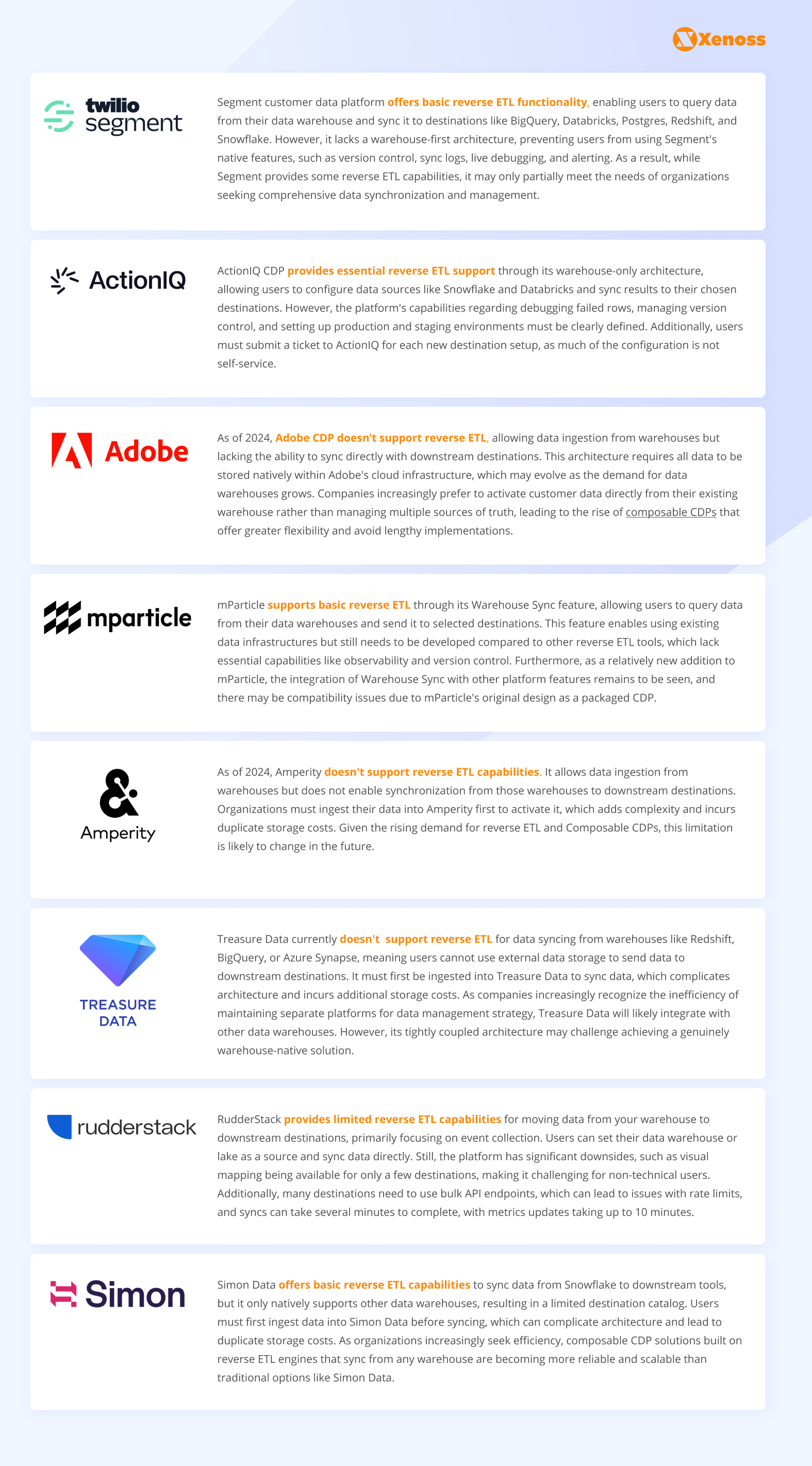
Building vs buying reverse ETL: Cost & benefit analysis
Implementing reverse ETL can be transformative, enabling businesses to operationalize data across various functions like marketing, sales, and customer service. However, to maximize the value of a reverse ETL solution, it’s essential to approach the implementation with a strategic mindset, considering key factors like data accuracy, compliance, integration flexibility, and scalability. Behrad Babaee, Principal Solutions Architect at Aerospike, emphasizes the importance of these considerations, stating:
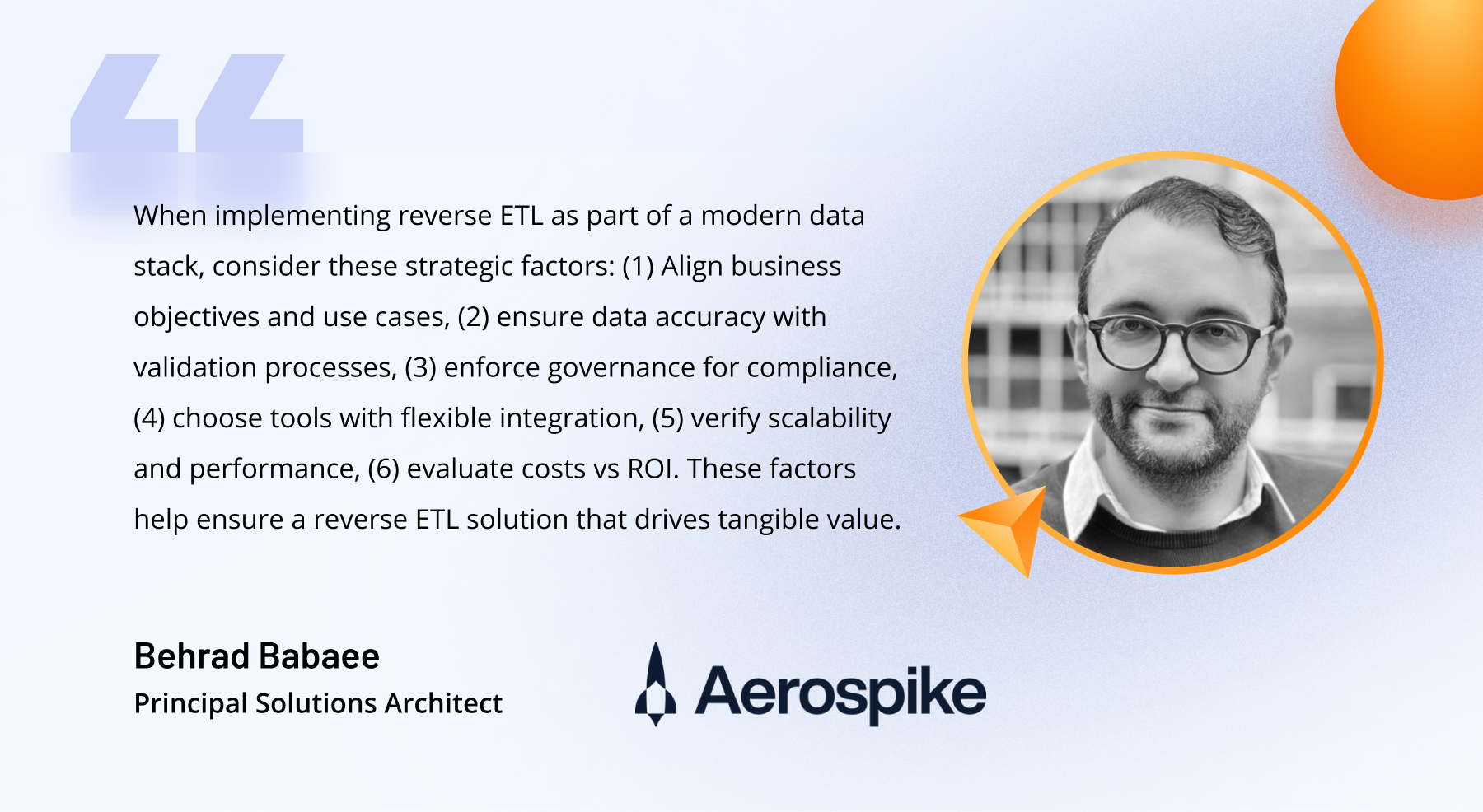
When considering reverse ETL solutions, organizations face a crucial decision: should they build a custom solution in-house or purchase a purpose-built tool? Each option presents distinct advantages and challenges, which can help businesses make an informed choice.
Building your Reverse ETL system
Creating a custom reverse ETL solution can offer significant flexibility and functionality tailored to your needs. However, this approach often comes with high costs and time commitments.
Organizations must invest in ETL engineering resources, which can be expensive, and the process of building data integrations for each application can delay deployment. Once operational, maintaining and scaling the system becomes challenging due to the constant updates required by third-party APIs, leading to potential technical debt. While customization is a crucial benefit of building your system, the complexity of managing integrations, authentication, error handling, and other factors can quickly escalate, making the custom ETL approach less appealing over time.
Buying a Reverse ETL tool
On the other hand, purchasing a reverse ETL platform can alleviate the burden on your data engineering team. A managed reverse ETL solution allows seamless integration with existing systems and can adapt to the changing API landscape, saving time and resources in the long run. However, organizations should be cautious of the reverse ETL modern data stack trap, where sourcing individual tools for each data management stage can lead to increased costs and complexity. The best reverse ETL software simplifies the process, enabling users to define how data should appear in various destinations without managing intricate API integrations.
While building a custom reverse ETL solution offers greater customization, cost efficiency, security, integration, performance, control, and innovation, it also demands significant resources and expertise. Conversely, buying a purpose-built reverse ETL tool can streamline operations and reduce the workload on data teams, allowing them to focus on driving business value. Ultimately, organizations should weigh these factors against their specific needs and capabilities to determine the best approach for their reverse ETL data strategy.
If you are considering building a fully managed reverse ETL solution, contact the Xenoss team. We would be happy to walk you through the nuances across the reverse ETL platform and help you choose your best option!

